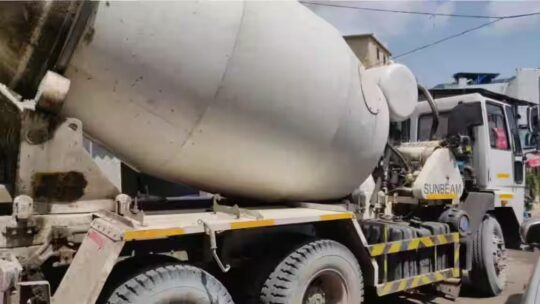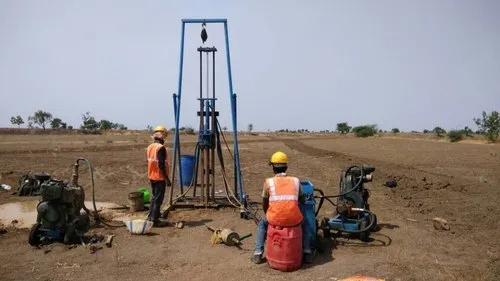Discover top Concrete Dealers in Nagpur for high-quality materials and exceptional service. Boost your construction projects with reliable suppliers today!
What is concrete? Types, Composition, Properties, and Application
Concrete is the most widely used material in the world after water and that’s why. It is strong, durable and versatile and is used in many applications including buildings, bridges, roads and dams. So what is it? In this blog we will learn the universal power of stone, learn its variety, compositions, properties and applications.
What is concrete?
If you’ve ever walked on a sidewalk, driven down a road, or stood inside a building, you’ve probably encountered rocks. Simply put, concrete is a mixture of cement, water, and aggregate materials (such as sand and gravel) that hardens over time to form a strong material. It’s used in many construction projects because of its low cost, long life, and ability to be made into almost anything. It’s a building material made from a mixture of cement, aggregate, and water.
Types of Concrete Dealers in Nagpur
1) Reinforced concrete.
This type of stone is reinforced with steel bars or mesh for tensile strength and durability. It is widely used in the construction of high-rise buildings, bridges and other structures that require high strength and stability.
2) Lightweight concrete.
As the name suggests, this type of stone is lighter than standard concrete, making it ideal for construction where weight is an issue. It is widely used in the production of precast concrete elements such as wall panels, roof panels and paving bricks.
3) Stronger concrete
This type of Concrete Dealers in Nagpur has a compressive strength of more than 40 MPa and is used in the construction of structures requiring additional strength, such as high-rise buildings, bridges and dams.
4) High-performance concrete.
This is a special type of stone that has better properties such as high performance, increased strength, and is suitable for hot weather and climate. It is widely used in the construction of nuclear power plants, offshore structures and other high-tech projects.
5) Precast concrete.
This type of concrete is produced on site and sent to the construction site. It is widely used in the production of precast concrete components such as wall panels, columns, pillars, stairs, etc. Precast concrete has many advantages over traditional cast-in-place concrete, including shorter service life and better maintenance.
Composition of Concrete
Concrete consists of three main ingredients: cement, aggregates, and water. Cement is the binding agent that holds the concrete together, while aggregates such as sand and gravel add strength and bulk.
The water is used to hydrate the cement and start the chemical process that hardens the concrete. Therefore, the cement/water ratio is important in determining the performance and durability of concrete. First, the best water-cement ratio must be determined, because a higher water-cement ratio makes the concrete weaker, less durable, and more susceptible to cracking and erosion.
In addition to our main ingredients, stone also contains additional materials and additives that enhance performance, strength and durability. Examples of additives include fly ash, silica fume and plasticizers. Some important properties of concrete include:
Properties of Concrete:
Concrete has many properties that make it an excellent building material for many uses. Here are some of the most important properties of stone:
1. Workability
This refers to how easy it is to mix, transport and place the concrete in its final location. A high level of craftsmanship is required to achieve the desired shape and finish in the stone.
2. Strength
Concrete Dealers in Nagpur are known for their strength and ability to withstand heavy loads and pressure. The compressive strength of concrete varies greatly depending on its composition and curing time.
3. Durability
Stone is durable and can resist factors such as water, wind and heat. The lifespan of concrete structures can be extended with proper maintenance.
4. Creep
This describes the gradual deformation of concrete under sustained loads over time. Creep can cause structural damage if it is not considered during the design and construction process.
5. Shrinkage
As it dries, concrete may shrink, leading to cracks and other problems. By employing appropriate curing techniques and reinforcement, shrinkage can be decreased.
In Conclusion,
Concrete has been used for centuries as a versatile and durable building material. To achieve the required strength, durability, and performance in the final product, it is essential to comprehend what concrete is, the various types of concrete, their composition, and their properties.
To make sure the concrete satisfies the required standards and specifications, concrete testing techniques are frequently employed by concrete dealers in Nagpur.




